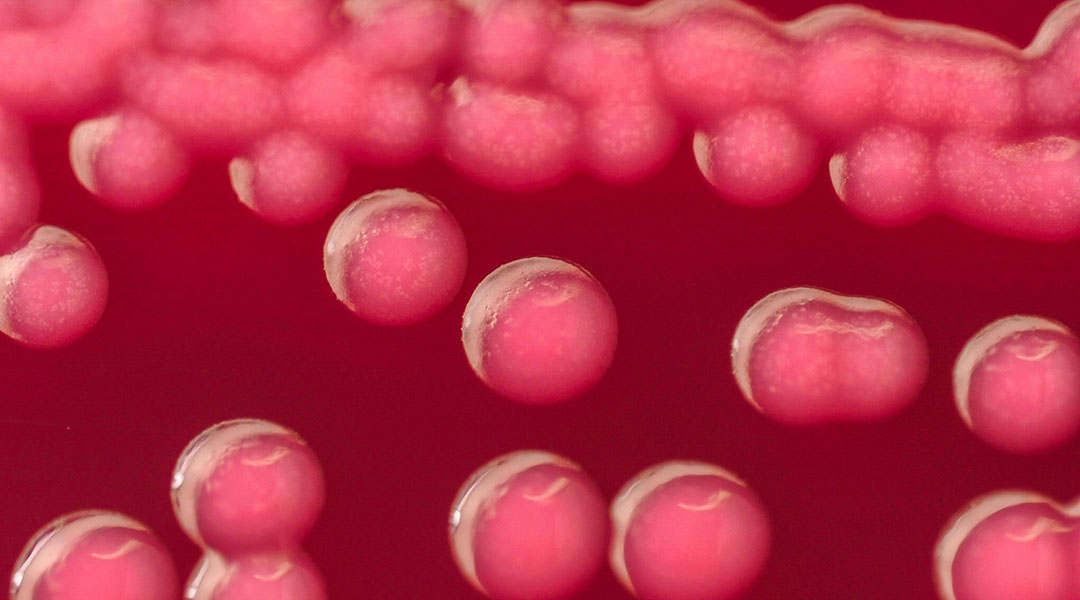A research team based in Korea has succeeded in engineering E. coli bacteria to produce poly(ester amide)s, useful plastics that have a range of thermal and mechanical properties and are often biodegradable.
Lead investigator Sang Yup Lee, a professor at the Korea Advanced Institute of Science and Technology in Daejeon, and colleagues believe this method could be a sustainable, more environmentally friendly way of producing these useful plastics than currently used methods.
“Petroleum-based plastics use crude oil or natural gas as a raw material. On the other hand, bio-based polymers use renewable biomass, which is generated by fixing carbon dioxide, as a raw material, and thus are close to carbon neutral,” said Lee. “For sustainable production of plastics, we need to move towards a bio-based production system.”
A useful material
Poly(ester amide)s contain both ester and amide chemical bonds, which gives them many useful properties. They were first made in the 1930s with the aim of combining the properties of polyamides such as nylon with those of polyesters like polyethylene terephthalate, used widely in food packaging and for making plastic bottles.
Poly(ester amide)s are very useful because they have the good thermal and mechanical properties of polyamides and also the biocompatibility and biodegradable possibilities of polyesters. “The rate of degradation varies depending on the polymer type and also environment where the plastics are disposed,” noted Lee.
These diverse properties mean poly(ester amide)s can be used in medicine for applications such as drug delivery systems, cardiovascular stents and scaffolds for tissue engineering, as well as for making specific types of biodegradable plastics to replace less sustainable alternatives.
Although they are undoubtedly useful, the current standard process for making these plastics is not environmentally friendly. Making these plastics from biobased sources and in a sustainable manner would help protect the planet, while continuing to provide a material that has many important uses.
Harnessing bacteria to make plastic
Some bacteria can naturally produce polyesters like polyhydroxyalkanoates (PHAs), which are used to make things like shopping bags and mulch films for agriculture. For example, the bacteria Cupriavidus necator, Bacillus megaterium, and purple bacteria in the genus Rhodomicrobium, have all been shown to have this property. However, most of these microbes only produce small amounts of polyesters, which would not be enough to make commercial production viable.
This problem can be overcome by using genetic engineering to boost the natural capacity of bacteria like C. necator to produce materials like PHA, or introducing this capability into well-known bacterial species such as E. coli.
Lee and colleagues previously developed polyester producing E. coli but until recently producing poly(ester amide)s this way was more challenging, as naturally occurring bacterial enzymes do not produce polyamides.
In this study, Lee and colleagues managed to apply some of the knowledge gained while producing polyesters in their earlier research, as well as new techniques to engineer E. coli to produce poly(ester amide) plastics. Glucose from plant-based waste matter, which is produced in large quantities in industries like farming, is the main food for the bacteria in the fermentation process.
To create the poly(ester amide) producing E. coli, researchers added two enzymes from other bacteria, Clostridium and Pseudomonas. This initially slowed bacterial growth but improved over time.
Other genetic modifications made by the team included boosting the production of the amino acid lysine, which was needed for production of poly(ester amide) plastics by the bacteria and blocking lactic acid production, which can interfere with polymer structure. The scientists found that the final type of poly(ester amide) created could be changed by altering the balance of amino acids in the feedstock for the bacteria.
Overcoming challenges
Although this research is promising, Lee and team need to overcome some scaleup and economic challenges before the technology is rolled out on a wider scale.
Moving from a small flask in the lab to a larger bioreactor did allow a significant improvement in bacterial production efficiency, but this still needs to be improved to make the process commercially viable and able to compete with current industry standards.
“We need to improve the performance of the microbial cell factories further to make the process more economically competitive,” acknowledged Lee. “Once we have a high-performance microbial strain, we can optimize the fermentation process together with downstream processes for recovery and purification.”
It is early stages, but the researchers are exploring possible commercial opportunities for this technology. “We are collaborating with companies that are interested in this,” confirmed Lee, “not only regarding poly(ester amide)s, but also other polymers that we currently produce more efficiently.”
Reference: Tong Un Chae et al., Biosynthesis of poly(ester amide)s in engineered Escherichia coli, Nature Chemical Biology (2025). DOI: 10.1038/s41589-025-01842-2
Feature image credit: masakazu sasaki on Unsplash

















